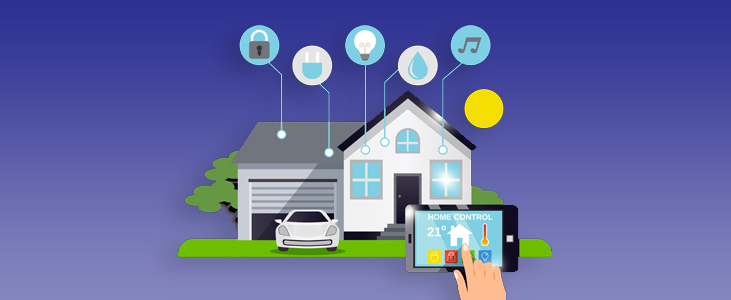Introduction: Building a Greener Future
In an era marked by environmental challenges and climate concerns, eco-friendly architecture emerges as a beacon of hope, offering innovative solutions to minimize environmental impact and promote sustainable living. Rooted in principles of conservation, efficiency, and resilience, eco-friendly architecture embodies a holistic approach to building design and construction. In this article, we explore the transformative potential of eco-friendly architecture, examining its principles, benefits, and the role it plays in shaping a more sustainable future.
Understanding Eco-Friendly Architecture: Principles and Practices
Defining Eco-Friendly Architecture
Eco-friendly architecture, also known as sustainable or green architecture, prioritizes environmental responsibility, resource efficiency, and occupant well-being throughout the design, construction, and operation of buildings. It encompasses a wide range of strategies and techniques aimed at reducing energy consumption, minimizing waste, and harmonizing human habitats with the natural environment.
Key Principles of Eco-Friendly Architecture
- Energy Efficiency: Eco-friendly buildings incorporate design strategies and technologies to minimize energy consumption and optimize performance. Features such as passive solar design, efficient insulation, and renewable energy systems reduce reliance on fossil fuels and lower carbon emissions.
- Resource Conservation: Sustainable architecture emphasizes the use of renewable materials, recycled resources, and efficient construction techniques to minimize waste and environmental impact. From reclaimed wood and recycled steel to low-flow fixtures and rainwater harvesting systems, every aspect of the building process is optimized for resource efficiency.
- Healthy Indoor Environment: Eco-friendly buildings prioritize occupant health and well-being by promoting indoor air quality, natural lighting, and thermal comfort. Non-toxic materials, adequate ventilation, and biophilic design elements create spaces that enhance productivity, comfort, and overall quality of life.
- Resilience and Adaptability: In the face of climate change and environmental uncertainty, eco-friendly architecture emphasizes resilience and adaptability. From resilient building materials and flood-resistant design to flexible floor plans and adaptive reuse strategies, sustainable buildings are designed to withstand evolving environmental challenges.
Benefits of Eco-Friendly Architecture
Environmental Sustainability
Eco-friendly architecture offers numerous environmental benefits, including reduced carbon emissions, conservation of natural resources, and preservation of ecosystems. By minimizing energy consumption, waste generation, and environmental degradation, sustainable buildings contribute to mitigating climate change and promoting ecological balance.
Economic Viability
While the initial costs of eco-friendly construction may be higher, sustainable buildings offer long-term economic benefits through lower operating expenses and higher asset value. Energy-efficient design features lead to reduced utility bills, while durable materials and low-maintenance systems result in lower life-cycle costs. Additionally, the growing demand for sustainable buildings enhances marketability and financial returns for property owners and developers.
Enhanced Quality of Life
Eco-friendly architecture prioritizes occupant health, comfort, and well-being, creating living and working environments that promote productivity, creativity, and overall satisfaction. Improved indoor air quality, abundant natural light, and connection to nature contribute to better physical and mental health outcomes for building occupants, fostering a sense of connection and belonging within communities.
Social Responsibility
Sustainable buildings embody a commitment to social responsibility by addressing issues of equity, access, and social justice. From affordable housing initiatives and community development projects to inclusive design principles and equitable access to resources, eco-friendly architecture seeks to create spaces that are accessible, inclusive, and responsive to the needs of diverse populations.
Innovations Driving Eco-Friendly Architecture
Passive Design Strategies
Passive design strategies harness natural elements such as sunlight, wind, and thermal mass to regulate indoor temperatures and minimize reliance on mechanical heating and cooling systems. Features such as orientation, shading, and natural ventilation optimize energy efficiency and comfort, reducing the need for artificial climate control and enhancing building performance.
Net-Zero Energy Buildings
Net-zero energy buildings aim to produce as much energy as they consume over the course of a year, achieving a balance between energy demand and renewable energy generation. Through advanced technologies such as solar panels, geothermal systems, and energy storage solutions, these buildings minimize energy use and carbon emissions, paving the way towards a carbon-neutral built environment.
Biophilic Design Principles
Biophilic design integrates elements of nature into the built environment, fostering a deep connection between people and the natural world. Features such as green roofs, living walls, and outdoor spaces enhance biodiversity, improve air quality, and promote psychological well-being, creating environments that support health, happiness, and productivity.
Conclusion: Shaping a Sustainable Future through Eco-Friendly Architecture
In conclusion, eco-friendly architecture represents a visionary approach to building design and construction that prioritizes environmental stewardship, economic viability, and social equity. By embracing principles of energy efficiency, resource conservation, and occupant well-being, sustainable buildings offer a blueprint for creating resilient, regenerative, and inclusive communities. As we strive to address the pressing challenges of climate change and urbanization, eco-friendly architecture emerges as a powerful tool for shaping a more sustainable and equitable future for generations to come.





